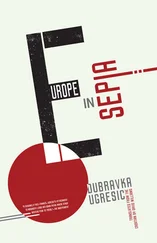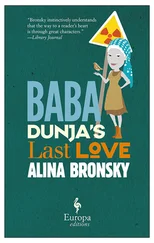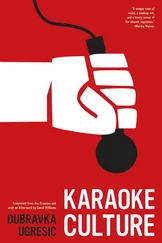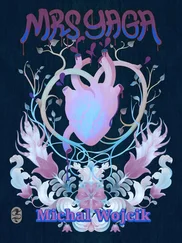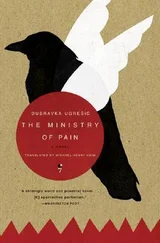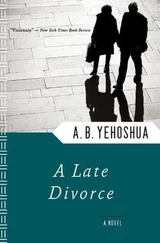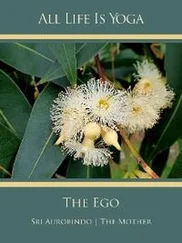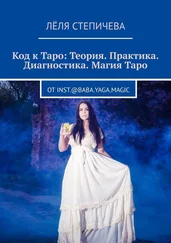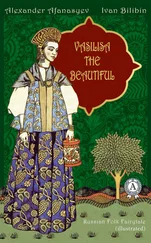‘And this is what Ilja says: / “Eh, you, Dobrynja Mitkevich / there’s no honour or fame / if two heroes fight the old woman / you should beat the woman in the proper manner / on her tits and arse.” / And he remembered the old ways, / he starts to beat her on the tits and arse, / and he kills the whore Baba Yaga.’ (As cited by Andreas Johns)
Lapot was an ancient custom, supposedly practised in Serbia and Macedonia, whereby old women who were no longer able to earn their bread were killed with an axe or stoned to death. In Montenegro, this custom was called pustenovanje , from the world pust , ‘felt’. They would cover the old people’s heads with a piece of felt, then press a heavy stone on their heads. Supposedly the Montenegrins also stoned unfaithful wives.
The Russian Baba Yaga is currently being revived in cyberspace, where nameless Russian authors launch their stories into orbit. These stories are comic, often brutal and pornographic, in keeping with these new times, but Baba Yaga’s treatment is in no way worse than the treatment meted out to other popular heroes of Russian folktales: Ivan the Fool, Vassilisa the Beautiful, Elena the Wise, Koshchey the Deathless . The lively decanonisation of the heroes of Russian folktales carries on apace in Internet forums – along with their recanonisation.
Lusatia is part of Saxony, near the German–Polish border; the Sorbs are a Slavic group.
It won’t do any harm to list the most notorious female scourges of the ancient world. The Empusa is a female demon with one leg of iron and the other made of donkey excrement, vampirical and voluptuous, who can turn herself into a beautiful girl, seducing young men and drinking their blood. Lamia eats little children, is punished with perennial insomnia, but finds comfort in the gift of being able to take out her own eyes at will. Hecate is a three-headed goddess, a beast, a witch, a seducer of young men. Eos (Aurora) and her sister Selena (Luna) are voluptuaries, Erida is envious and jealous and Ino is an evil schemer. Medusa, one of the Gorgons, is a female monster with snakes instead of hair and a petrifying gaze. The Graeae were born old; they share one tooth and one eye between them. The Keres bring death, decay, fever, blindness, impotence and old age. They have staring eyes, lolling tongues, black wings, bird’s claws and clothes reeking of blood (for they drink from the veins of dying warriors). The Erinyes (or Eumenides) are old hags with vipers twisting in their hair, they avenge crimes of parricide, matricide and perjury. The Harpies are birds with women’s heads, which steal little children, pollute food and bring sickness and hunger. The Stymphalides, birds (or even women with birds’ heads), eat human flesh and pollute the fields with their excrement. The Mormo is a deadly seductress. The Sphinx has the head of a woman, the body of a lion, bird’s wings and she likes to dine on dimwits. The Roman Larvae are ugly, skinny as sabres and embody dead souls. The Strige, like the Harpies, are voracious birds with croaking voices, large heads, a fixed stare and a crooked beak; they steal little children, and also take human form, as witches. The Manias punish whoever offends the gods by driving them mad (when Orestes saw the Manias, he symbolically castrated himself by biting his own thumb!). Echidna is a monster that gives birth to more monsters: she is the mother of Cerberus, Hydra, Chimera and Orthrus. The dangerous Moirai – Clotho (the Spinner), Lachesis (Destiny) and Atropos (the Merciless) – sit on their thrones, all garbed in white, turning their mother’s (Ananke, Necessitas) bobbin and ruling all the spheres of the world. Their Roman sisters, the Parcae, are harsh, gloomy and inquisitive old hags, three sisters, spinners who spin out human destiny so that one picks out the thread, the second spins it and the third cuts it. Let us add here that the Norns are their nordic sisters (Urt is responsible for the past, Verthandi for the present and Skuld for the future).

